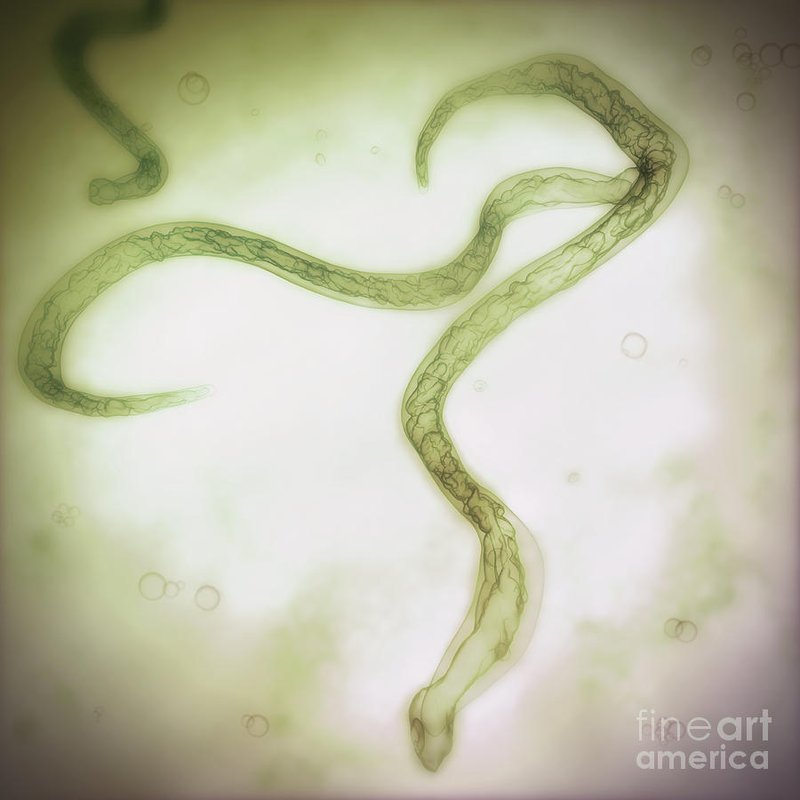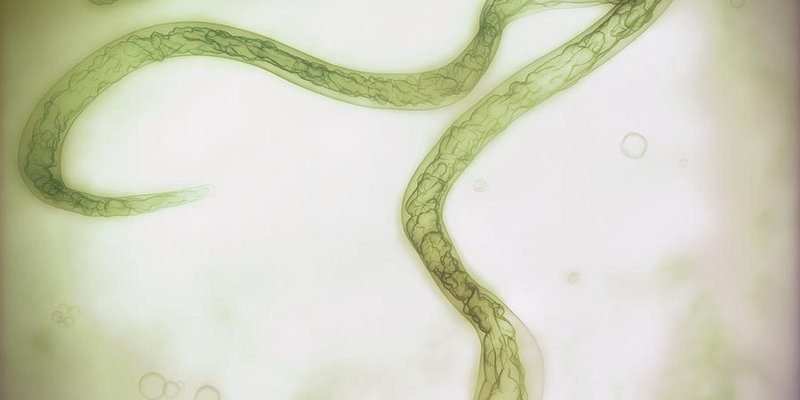
Imagine a bustling city where each building serves a purpose—some are homes, some are businesses, and others are parks. In the world of ecology, hookworms fill specific niches that help maintain balance in their environments. They might not be front-and-center in the conversation about wildlife, but their presence is felt in many ways, from nutrient cycling to their relationships with other species. So, let me take you on a journey to discover why these little guys deserve a bit of attention.
What Are Hookworms?
To kick things off, let’s talk about what hookworms actually are. These are parasitic worms that predominantly live in the intestines of their hosts, which can include humans, dogs, and other animals. The most common types affecting humans are Ancylostoma duodenale and Necator americanus.
Hookworms are unique in that they have a hook-like mouth, which they use to attach themselves to the intestinal walls of their hosts. While they may seem rather unpleasant, they represent a fascinating part of the complex food web. Their lifecycle involves stages where they can live in soil, making them a key player in soil ecosystems.
You might be wondering what’s the big deal about a worm that causes health problems. Well, it’s all about perspective. Hookworms not only interact with their hosts but also impact soil health and nutrient dynamics. This leads us to their ecological importance.
The Role of Hookworms in Nutrient Cycling
Nutrient cycling is a crucial ecological process. It ensures that essential nutrients, like nitrogen and phosphorus, are recycled within ecosystems. Hookworms contribute to this by feeding on the nutrients from their hosts.
When hookworms digest these nutrients, they can potentially release them back into the environment through their waste. This process can enrich the soil, making it more fertile and able to sustain plant life. Healthy plants, in turn, provide food and habitat for various organisms, creating a vibrant ecosystem.
Think of it this way: if nutrients were currency, hookworms would be the small-time investors who circulate money back into the economy. They might not have the most glamorous role, but their contributions help keep the system running smoothly.
Hookworms and Host Interactions
Now, let’s dive deeper into the relationship hookworms have with their hosts. It’s not just a one-sided affair; these worms influence the health of their hosts in various ways. When hookworms enter a host’s body, they often cause anemia by feeding on the blood through their attachments. This can lead to various health issues for the host, including fatigue and weakness.
But it’s essential to consider this interaction from an ecological standpoint. Many ecosystems rely on various species interacting in ways that might seem harmful at first. For instance, the presence of hookworms can actually prompt the host’s immune system to strengthen, potentially preparing it for other diseases. This could be an example of an “evolutionary arms race”, where the host and the parasite constantly adapt to each other’s defenses.
You might be surprised to learn that some studies suggest that in some low-income regions, a certain level of parasitic infection (including hookworms) might actually contribute to lower levels of autoimmune diseases. It’s a complex balance, and scientists are still figuring out how everything fits together.
The Importance of Soil Ecosystems
Hookworms live in soil during part of their lifecycle, making them an integral part of soil ecosystems. Healthy soil is critical for plant growth, which supports a myriad of life forms. The interaction between soil organisms and plants helps foster a balanced ecosystem.
When hookworms and other organisms break down organic matter in the soil, they contribute to the formation of humus, which enhances soil structure and fertility. This process encourages deeper root systems and helps water retention, benefiting not just the plants but the entire ecosystem that depends on them.
Moreover, healthy soil means fewer pests and diseases for plants, creating a more stable environment. So, the presence of these little hookworms, despite being overlooked, plays a part in nurturing the ground we walk on and the crops we rely on for sustenance.
Hookworms and Biodiversity
Biodiversity refers to the variety of life in a particular habitat. You might think that hookworms don’t fit into this category, but they play a subtle role in supporting biodiversity. By influencing hosts and soil health, they indirectly affect various species ranging from plants to other animals.
For example, when hookworms impact their host’s health, they can affect the host’s interactions with its environment, including feeding behaviors and habitat use. This, in turn, can create cascading effects that influence populations of other species.
It’s like a game of dominos—tip one, and others follow. The balance created by hookworms in ecosystems may not seem dramatic, but it contributes to maintaining a rich interconnected web of life. This complexity is what keeps ecosystems functioning and resilient over time.
Future Research and Conservation Efforts
While hookworms might seem like a nuisance, understanding their ecological role is vital, especially in conservation contexts. Many regions are facing the challenges of biodiversity loss and habitat destruction. Research focusing on how hookworms and similar species interact with their environments can provide insights into ecosystem management and species protection.
Conservationists are increasingly recognizing the importance of every species, no matter how small. By preserving environments where hookworms thrive, we can help ensure the continued health of ecosystems. This is crucial, especially in agricultural areas where soil health is paramount.
You might be curious about what the future holds for research on hookworms. As scientists delve deeper into the study of these creatures, we might unlock more secrets about their roles and how we can balance human health while maintaining environmental integrity.
The ecological importance of hookworm species may not be obvious at first glance. These tiny, often misunderstood creatures are more than just parasites; they are part of a complex web of interactions that support the balance of life on Earth. From nutrient cycling to host interactions and biodiversity, their influence is significant.
As we continue to study these organisms, it’s essential to approach them with curiosity rather than disdain. They remind us that even the smallest players can have huge impacts on our world. So, the next time you hear the word “worm,” remember that there’s a lot more going on beneath the surface than meets the eye.

